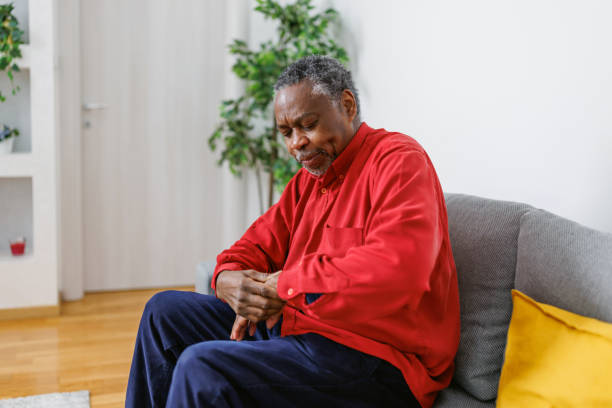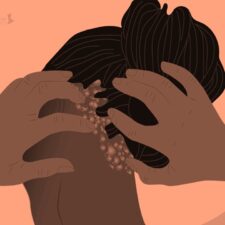
Dupuytren’s contracture is a progressive condition that affects the connective tissue under the skin of the palm and fingers. Over time, this thickened tissue can form cords that pull one or more fingers into a bent position, making it difficult or even impossible to straighten them. While Dupuytren’s contracture isn’t usually painful, it can significantly impact hand function, which can make everyday tasks more challenging.
For the millions of people affected by this condition—particularly older adults and men of Northern European descent—coping with Dupuytren’s contracture involves a combination of medical management, daily adaptations, and emotional resilience. Here’s a closer look at how to live well with this condition and maintain independence and quality of life.
Understanding the Condition
Dupuytren’s contracture typically develops slowly, often starting with small lumps or nodules in the palm. As the condition progresses, cords of tissue may form, pulling the fingers (most often the ring and little fingers) into a bent position. The cause is not fully understood, but genetics, age, gender, and certain lifestyle factors (such as smoking or alcohol use) may increase the risk.
While not life-threatening, the condition can interfere with daily life and become frustrating over time.
Coping Strategies for Daily Life
1. Embrace Hand Therapy and Exercises
Although stretching exercises can’t stop the progression of the disease, hand therapy guided by a professional may help maintain flexibility, especially in the early stages. Therapists can also teach techniques for adapting to limited finger mobility and recommend splinting if appropriate.
2. Modify Daily Tools
Many people with Dupuytren’s contracture find it helpful to use adaptive tools to minimize strain on the hand. For example:
-
Ergonomic kitchen utensils with thick, non-slip grips
-
Pen grips or larger writing instruments
-
Zipper pulls and button hooks for dressing
-
Jar openers and electric can openers to reduce hand strain
These tools can restore independence and reduce the frustration of not being able to grip or manipulate small items.
3. Adjust Your Routine
Small changes in routine can go a long way. You may:
-
Use your unaffected hand more for tasks like brushing your teeth or opening doors.
-
Switch to voice-to-text or dictation software if typing becomes difficult.
-
Schedule tasks during times when your hands feel most flexible (e.g., after a warm shower or hand massage).
Medical Management and Treatment Options
For moderate to severe contracture, where hand function is noticeably impaired, treatment options include:
-
Needle aponeurotomy (NA): A minimally invasive procedure where a needle is used to break the cords.
-
Collagenase injections (e.g., Xiaflex): An enzyme is injected to dissolve the thickened tissue.
-
Surgical fasciectomy: In more advanced cases, surgery may be needed to remove the affected tissue.
These options can improve hand function but may not prevent recurrence, so continued self-care is important.
Emotional and Social Considerations
Coping with a chronic hand condition can also take an emotional toll. Many people feel frustration, embarrassment, or a loss of confidence—especially if the condition interferes with work, hobbies, or caregiving.
Here are a few ways to care for your mental and emotional well-being:
-
Join a support group (online or in-person) to share experiences and tips.
-
Communicate openly with family or coworkers about your limitations so they can offer help when needed.
-
Work with a counselor or therapist if you’re experiencing anxiety, depression, or a sense of loss.
Looking Ahead: Living Fully with Adaptation
While there is currently no cure for Dupuytren’s contracture, many people live full and active lives by adapting and seeking support. With the right mix of practical tools, medical care, and emotional resilience, you can maintain your independence and continue to enjoy the activities that matter most to you.
If you suspect you have Dupuytren’s contracture or have been recently diagnosed, consult with a hand specialist or orthopedic doctor to explore your treatment and adaptation options early. The sooner you start making small adjustments, the easier it is to stay ahead of the condition’s progression.
Remember: Living with Dupuytren’s contracture doesn’t mean giving up your lifestyle—it just means adapting it with creativity, patience, and support.







